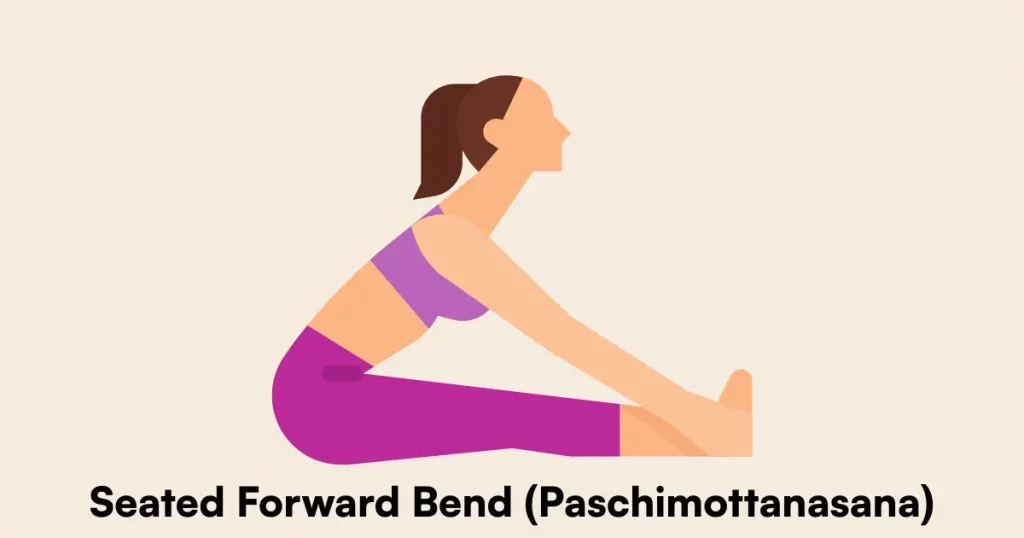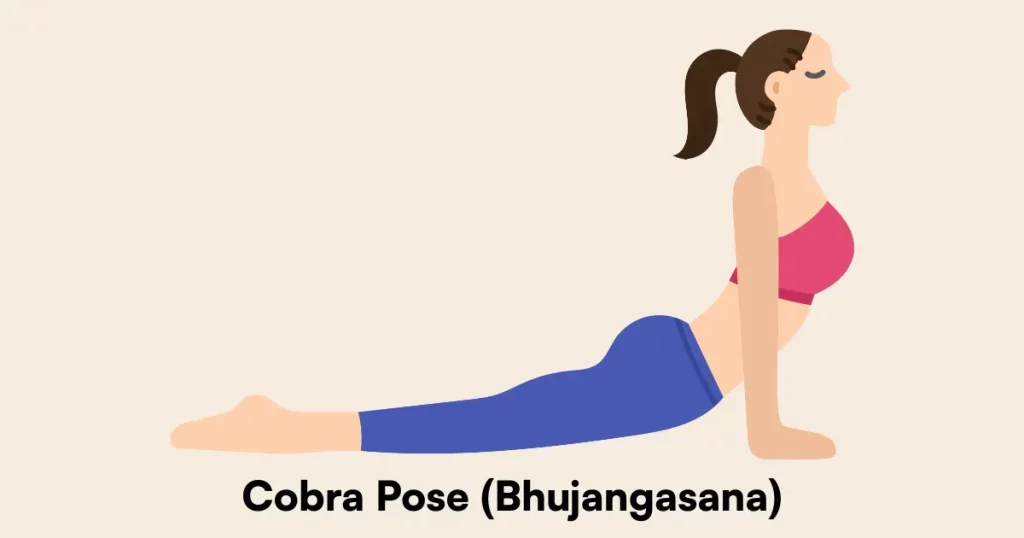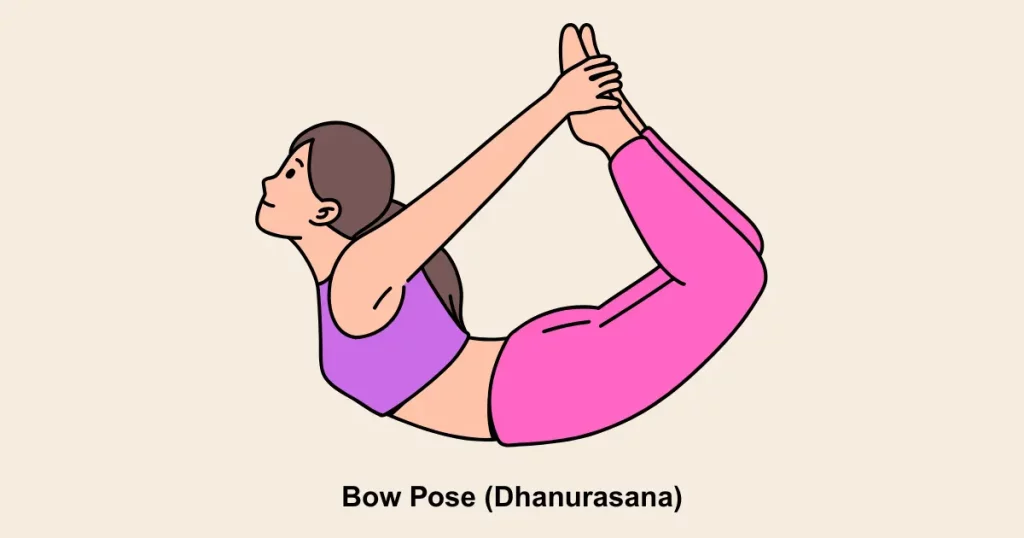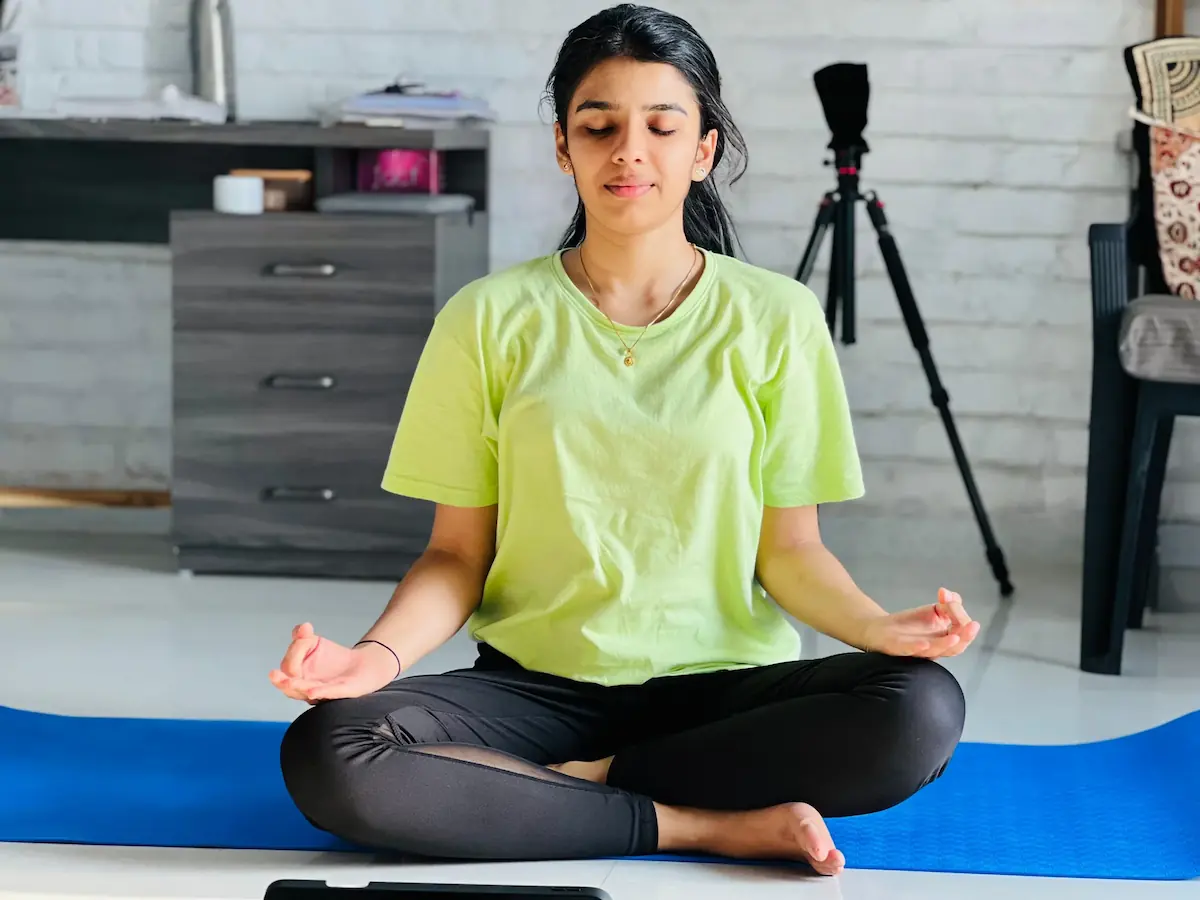Why Yoga for Blood Sugar?
Managing blood sugar doesn’t always require complicated routines. With yoga, you can take a natural, calming approach right from your living room. Regular practice has been shown to support insulin function, improve digestion, reduce stress, and boost overall metabolic health. A recent RSSDI study even found that daily yoga could reduce the risk of type-2 diabetes by nearly 40% a powerful motivation to roll out that mat today!

Whether you’re managing diabetes or trying to prevent it, these beginner-friendly asanas can help bring your blood sugar back into balance.
Vrikshasana (Tree Pose)

Boosts balance, relieves stress, and supports hormonal harmony
How to do it:
- Stand tall with feet together, arms at sides.
- Shift weight to left foot, bend right knee and place foot on inner left thigh (or calf).
- Bring palms together in prayer position at your chest or raise them overhead.
- Focus on one point ahead and breathe deeply for 15–30 seconds.
- Switch sides and repeat.
Benefits:
- Enhances focus and reduces cortisol (stress hormone)
- Promotes better posture and body awareness
Precaution:
Avoid if you have knee or ankle instability. Use a wall for support if needed.
Paschimottanasana (Seated Forward Bend)

Stimulates the pancreas and improves digestion
How to do it:
- Sit with legs extended, spine straight.
- Inhale, lift arms up.
- Exhale and hinge forward from hips, reaching for toes.
- Hold for 20–30 seconds with deep breathing.
- Inhale slowly back to upright position.
Benefits:
- Stimulates abdominal organs like the pancreas
- Enhances nutrient absorption and blood sugar regulation
Precaution:
Avoid if you have back pain or a slipped disc. Bend knees slightly if hamstrings are tight.
Bhujangasana (Cobra Pose)

Supports insulin production and boosts energy
How to do it:
- Lie on your stomach, hands under shoulders.
- Inhale and lift chest, keeping elbows slightly bent.
- Keep pelvis grounded and shoulders away from ears.
- Hold for 15–20 seconds, breathing deeply.
- Exhale and release.
Benefits:
- Stimulates the pancreas and kidneys
- Improves posture and spinal flexibility
Precaution:
Avoid if pregnant or suffering from hernia or recent abdominal surgery.
Dhanurasana (Bow Pose)

Strengthens pancreas and improves glucose metabolism
How to do it:
- Lie face down, bend knees and grab ankles.
- Inhale and lift chest and thighs off the floor.
- Look forward and hold the pose for 15–20 seconds.
- Exhale and gently lower your body.
Benefits:
- Activates pancreas and digestive organs
- Strengthens the core and reduces fatigue
Precaution:
Avoid if you have high blood pressure, back pain, or hernia.
Balasana (Child’s Pose)

Reduces stress and calms the nervous system
How to do it:
- Kneel and sit back on heels.
- Exhale and fold forward, resting your forehead on the mat.
- Arms can extend forward or rest beside your body.
- Stay for 30 seconds to 1 minute, breathing deeply.
Benefits:
- Eases mental stress and reduces cortisol
- Gently massages internal organs and improves circulation
Precaution:
Avoid if pregnant or if you have severe knee injuries.
Conclusion: Take the First Step to Health
Daily yoga isn’t just about flexibility it’s a lifestyle shift that helps you manage blood sugar levels naturally. These 5 simple poses, when practised consistently, can aid insulin regulation, improve organ function, and reduce stress key contributors to blood sugar imbalances.
👉 Tip: Start with 10–15 minutes a day and gradually build your routine. Pair yoga with mindful eating and regular check-ups for best results.
FAQs on Yoga for Blood Sugar Control
Q1. Can yoga cure diabetes completely?
Yoga cannot cure diabetes, but it can effectively manage blood sugar levels and reduce complications when combined with medical treatment and lifestyle changes.
Q2. How often should I do these yoga poses?
Practice 4–5 times a week or daily for 15–30 minutes for noticeable results.
Q3. Is yoga safe for people on diabetes medication?
Yes, but consult your doctor before starting a new routine, especially if you’re on insulin or other medications.
Q4. When is the best time to practice yoga?
Morning on an empty stomach is ideal, but anytime you’re consistent is better than perfection.

